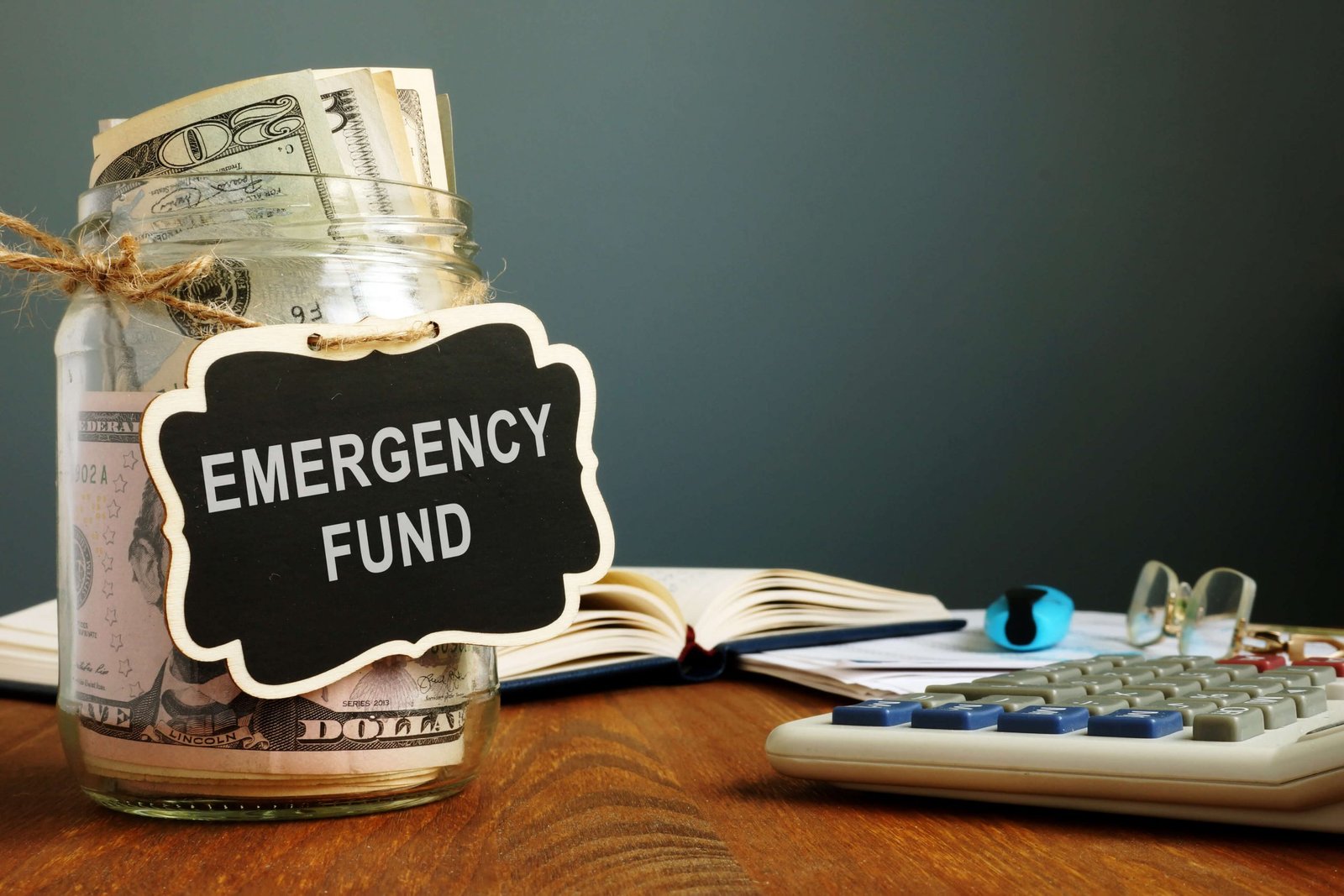It’s a harsh reality: about 37% of Western Australians say they wouldn’t be able to cover an unexpected $500 bill without borrowing.
That statistic underscores how fragile many people’s financial safety nets really are. When your emergency fund is depleted or non-existent, even minor crises—a broken phone, urgent medical expense, unforeseen car repair—can send you scrambling.
But before you turn to payday lenders or high-interest options, it’s important to act carefully. Here’s how to generate quick cash responsibly, protect your financial future, and rebuild your buffer.
1. Explore Government or Community Relief Options
When emergencies hit, there may already be assistance you qualify for:
- Many regions have emergency relief services that offer direct cash or support for basic needs (food, utilities, rent)
- If you’re in a social welfare system, look into advance payments or crisis payments that you can request—just be aware these often need to be repaid.
- In Australia, No Interest Loan Schemes (NILS) let you borrow interest-free for essential goods or urgent expenses (often capped at amounts like $300–$1,200), which can help avoid predatory lenders.
Such options should be first-line interventions before turning to debt.
2. Monetize Skills, Assets, or Time Immediately
You may have resources you haven’t tapped that can deliver funds quickly:
- Offer your services: tutoring, babysitting, lawn care, or odd jobs in your local area.
- Sell or rent out items you own but don’t need—camera gear, tools, sports equipment, even clothes.
- Offer a “task day” in your neighborhood (e.g. garage cleanups, pet sitting, errands) and collect payment that same day.
These methods take effort, but they let you stay in control and avoid high-cost debt.
3. Ask for Pay or Bill Advances (Wisely)
If you have stable employment or recurring income, you might:
- Negotiate a small pay advance with your employer, explaining a genuine emergency.
- Ask service providers (utilities, phone, internet) to temporarily defer payments or enter hardship arrangements.
These approaches often come with fewer penalties and lower costs than going through lending institutions.
4. Use Credit Carefully (If You Must)
If all else fails, credit might bridge the gap—but only if done responsibly:
- Use low-interest lines of credit rather than high-APR products.
- Keep borrowed amounts small and focus on paying them back quickly.
- Avoid “stacking” loans—don’t take multiple debts you’ll struggle to repay.
Treat borrowing as a last resort and ensure every cent spent is essential.
5. Prioritize Repayment and Rebuild
Once you’ve generated quick cash:
- Tackle any high-interest obligations first.
- Create a small, disciplined plan to rebuild an emergency fund (even $10–20 per week helps).
- Use automatic transfers to a “locked” savings account so you’re not tempted to dip into it again.
6. Seek Long-Term Structural Help
Going forward, consider these steps:
- Work with a financial counsellor or advisor to review your budget, obligations, and income sources.
- Explore matched-savings or incentive programs, community savings groups, or other tools to build resilience.
- Invest in skills or side-hustles that can generate buffer income over time.
Final Thought
Running low on emergency funds is stressful—but by tapping support systems, leveraging your own skills, and borrowing smartly, you can manage the crisis without exacerbating your situation.
The goal isn’t just to “get through” but to emerge stronger, rebuild that safety net, and avoid the same trap in the future.
If you like, I can help you tailor a version of this article for your country (e.g. the Philippines) or your target audience. Do you want me to localize it?
